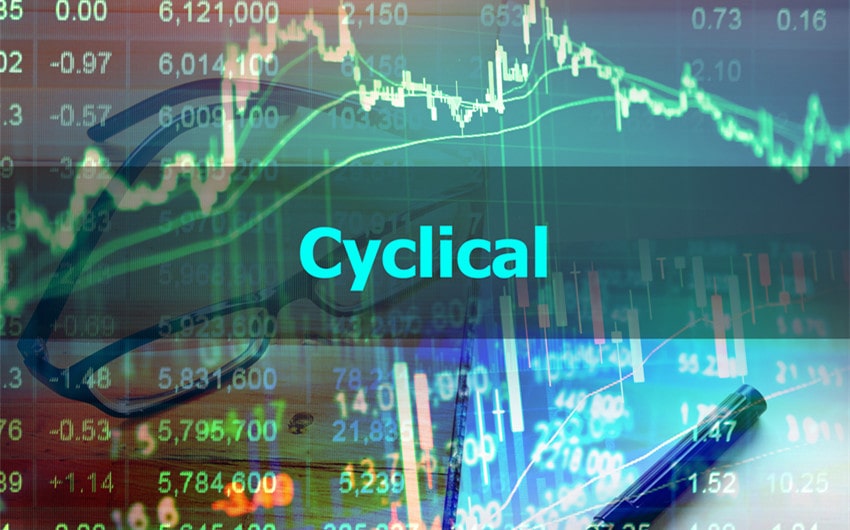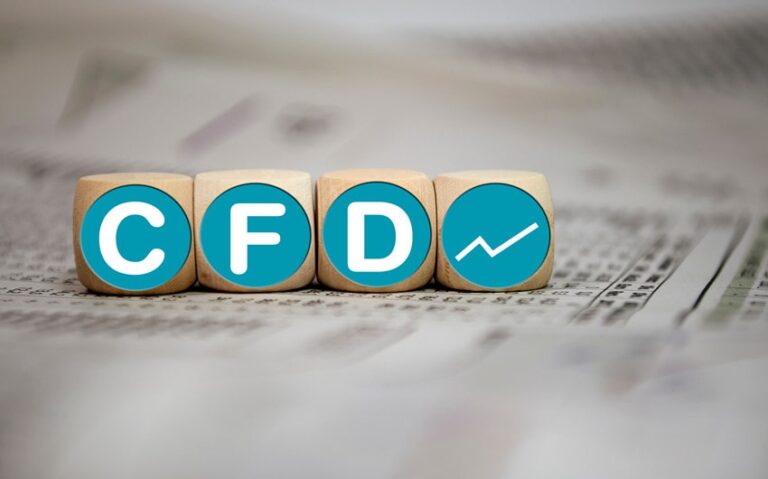Cyclical Investing: Is the Steel Sector a Good Option?
Investing in cyclical sectors like the steel sector means riding the ups and downs of the economy, and few industries mirror that better than steel. When economic growth picks up, steel demand surges. But during slowdowns, prices and profits fall just as sharply.
So, is the steel sector a smart bet for investors today? With changing global trends, shifting demand, and volatile prices, the answer isn’t straightforward.
In this article, we’ll find out whether steel deserves a place in your cyclical investment strategy and how to approach it wisely.
How Cyclical is the Steel Sector?
The steel industry follows a clear four‑phase economic rhythm:
• Expansion
• Peak
• Contraction
• Trough.
During expansion, rising construction and manufacturing drive strong steel demand and output. At the peak, capacity strains emerge, prices climb, and inventories may swell.
In contraction, slackening growth causes demand to drop, triggering price volatility.
Finally, the trough marks the low point, where inventories are drawn down and conditions stabilize ahead of recovery.
This cyclical behavior makes steel sensitive to economic trends, showing sharp reversals in revenue, production, and pricing at each stage.
Key Drivers and Indicators to Consider before Investing
To evaluate whether steel is a smart cyclical investment, it’s important to understand the key factors that influence its performance.
• Raw Material Prices: Steel margins are heavily influenced by the cost of iron ore, coking coal, and scrap. A surge in these input costs can compress profits, while a decline helps producers expand margins.
• Economic Growth and Demand: The steel sector closely follows global economic activity. When GDP, infrastructure spending, and auto manufacturing pick up, steel demand rises. During slowdowns, demand often contracts just as quickly.
• Supply and Production Capacity: Too much supply can flood the market and drag down prices. Watching how much capacity is running, especially in countries like China, helps investors anticipate price movements.
• Trade Policies and Government Intervention: Import tariffs, export restrictions, and subsidies can reshape market dynamics overnight. A single policy move, such as a tariff increase, can alter profitability across borders.
Opportunities & Advantages of Investing in Steel Stocks
With this backdrop, let’s look at why India’s steel sector stands out as a strong cyclical opportunity.
1. Solid Demand Tailwinds
India’s steel demand is powering ahead on strong foundations. In 2025, CRISIL projects an 8–9% surge, driven by extensive housing schemes and infrastructure rollouts like Gati Shakti and PM Awas Yojana.
From April 2024 to February 2025, finished steel consumption reached 150 Mt, up from 136 Mt the previous year. Monthly output also climbed 5.6–6.9%, making India one of only two leading nations adding steel in early 2025.
2. Rebound in Profitability
In the March 2025 quarter, Indian steelmakers saw margins rebound because of two key trends.
First, coking‑coal prices fell about 8.5 % QoQ (–39.9 % YoY), easing cost pressures. Second, domestic demand rose, coinciding with reduced Chinese export volumes, which helped pricing stabilize.
As a result, major firms like Tata Steel, JSW, and Jindal reported sequential EBITDA growth. For e.g., JSW’s profits surged 15.7% YoY with the JSW Steel share price trading around ₹1,000+.
3. Policy and Protection
India’s government introduced a 12 % provisional safeguard duty, effective April 21, 2025, on flat steel imports (mainly from China and Vietnam) for 200 days to shield domestic producers from cheap foreign steel.
The tariff creates a protected pricing floor, helping mills regain pricing power and stem market share loss.
Authorities are even evaluating doubling the duty to 24 % in response to growing concerns about import circumvention tactics.
4. Transformation & Green Edge
India’s steel industry is moving towards cleaner production using green hydrogen and renewable energy.
Companies like JSW Steel are leading this change by building new eco-friendly plants and launching green steel brands. This shift will help meet global rules like the EU’s carbon tax.
If you’re investing, keeping an eye on such companies can give you early access to opportunities in this growing, sustainable part of the market.
Conclusion
The steel sector can offer attractive returns during economic growth, but it also comes with high risks. If you time your entry well and choose strong companies, it can be a smart cyclical investment. However, it’s important to stay alert to global trends and changing market conditions using your demat account and tools that come with the same.



